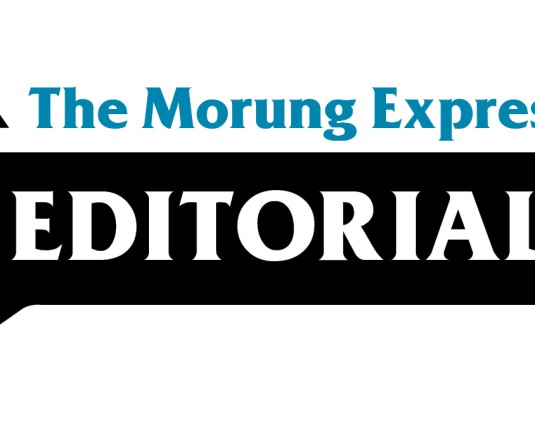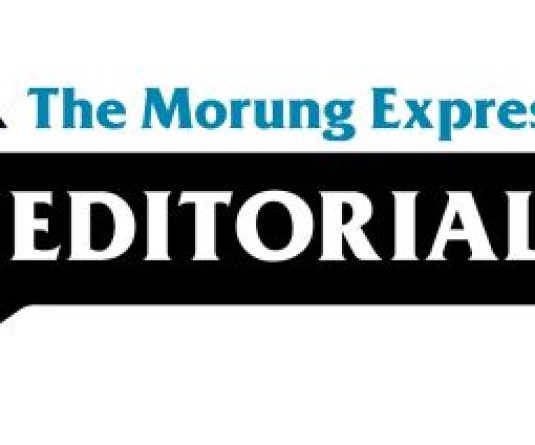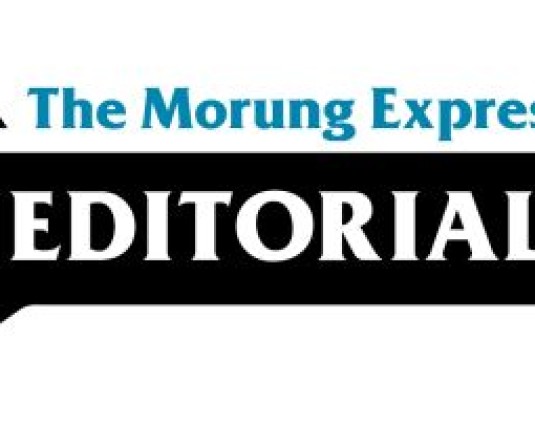
By Imlisanen Jamir
The Hornbill Festival has always been a curious beast—part cultural showcase, part state machinery, part carnival. At Kisama Heritage Village, this museum comes alive. The exhibits aren’t artifacts behind glass but living people, performing dances, cooking traditional food, and showcasing crafts, often stripped of the contexts that gave them meaning.
This isn’t to say they lack beauty or significance, but their transformation into consumable spectacles cannot be ignored. Today, it is not historians or journalists shaping how the world perceives this performance. Yet, these exhibits now often find themselves mediated through the lenses of influencers, who have become the new storytellers for a global audience.
Influencers are undeniably effective at reaching an audience traditional media struggles to engage. Their quick, visually striking posts package the Hornbill experience into digestible snippets, drawing attention and engagement from audiences across the globe. Their content—bite-sized, visually appealing, and often personal—draws in younger, digital-native viewers.
But this new storytelling rarely scratches below the surface. The festival’s complexities—what it says about culture, power, and identity—are often left unexplored. The curated reels and glossy narratives turn the performers into exhibits for a digital museum, while deeper questions about the purpose and implications of this display remain unasked. The deeper, often uncomfortable questions about cultural commodification, the role of the state, and the true beneficiaries of this spectacle are left unexamined.
This shift in narrative power isn’t inherently bad, but it does come with responsibility. If influencers are now the primary lens through which the world views Hornbill, they must embrace the role of critical mediators. Their reach gives them the ability to shape perceptions not just of the festival but of Naga culture itself. To reduce our culture to an Instagram-worthy aesthetic risks flattening our rich, complex heritage into something consumable yet forgettable. They must go beyond the picturesque and confront its contradictions. The festival deserves more than applause for its surface brilliance; it needs critical engagement with the layers beneath.
It’s not difficult to see how this has happened. For many, the goal is profit—views, clicks, sponsorship deals. Critical reflection doesn’t often drive engagement; the polished, celebratory image does. But if influencers now overshadow traditional media in shaping the narrative, they must also take up the responsibility that comes with this power: to ask questions, to explore the complexities, and to recognize that what they are showcasing is more than just a backdrop for their brand.
The Hornbill Festival is not the savior of Naga culture. It is not, and has never been, the ultimate answer to the challenges of preserving indigenous practices in a modern world. It is a performance, a state-driven showcase, and an economic strategy. And that’s not a bad thing. But let us be honest about what it is—a celebration, yes, but also a spectacle designed to promote tourism and state power.
If we’re going to flaunt ourselves as exhibits, let’s do so unabashedly but also thoughtfully. But if we are going to portray it as a reflection of who we are and who we’re becoming; that story deserves to be told with honesty, depth, and care. And if it is to remain meaningful, it must resist the urge to settle for surface impressions. We owe ourselves a narrative that digs deeper.
Comments can be sent to imlisanenjamir@gmail.com





